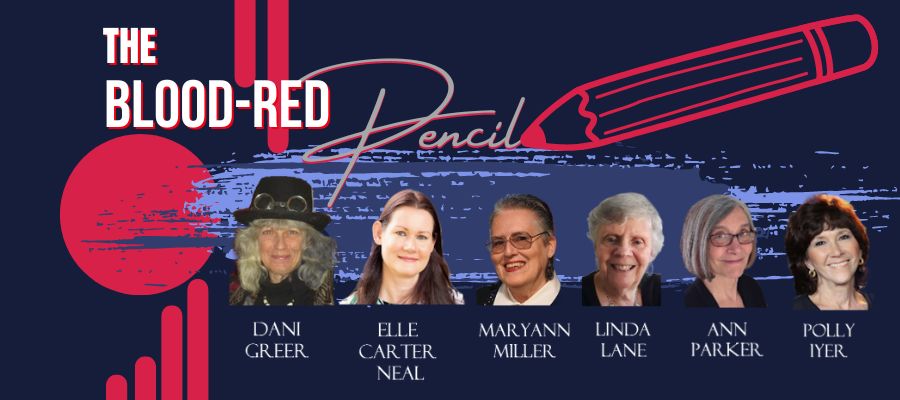Time to wind down this awful year. Hopefully 2021 will treat us all a little better. Here at The Blood-Red Pencil, we thought we would try and lighten things up a bit for the last month of the year, and showcase the best of our humorous posts. Elspeth's Writing Sheep Elspeth Futcher kept us all entertained for many years with her wonderful sense of humour. We featured Elspeth's writing sheep and top posts in 2019's December re-run ( see this post for a bind-up of all her writing sheep entries ), so today we're highlighting another of her funnies that didn't make the cut last year. Amazon Dangers Amazon River image by Jon Rawlinson , via Flickr Amazon-the-mega-bookstore and The Amazon (the river) have more in common than you might think, including the: " Anaconda - the world’s largest and heaviest snake. Can grow as long as 30 feet eating up to 30 pounds of prey a day. On Amazon, the Anaconda would be the newest release by John Grisham or Stephen Ki...
